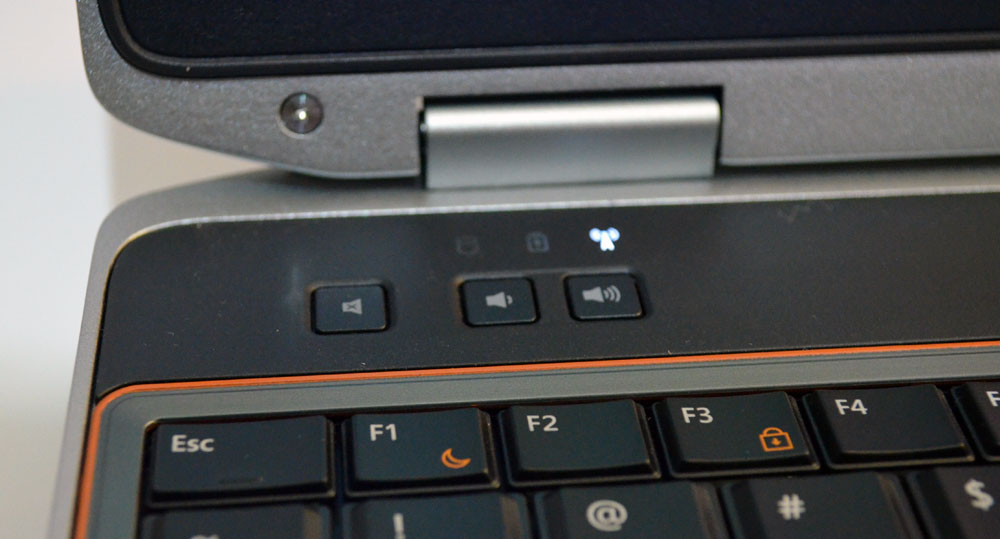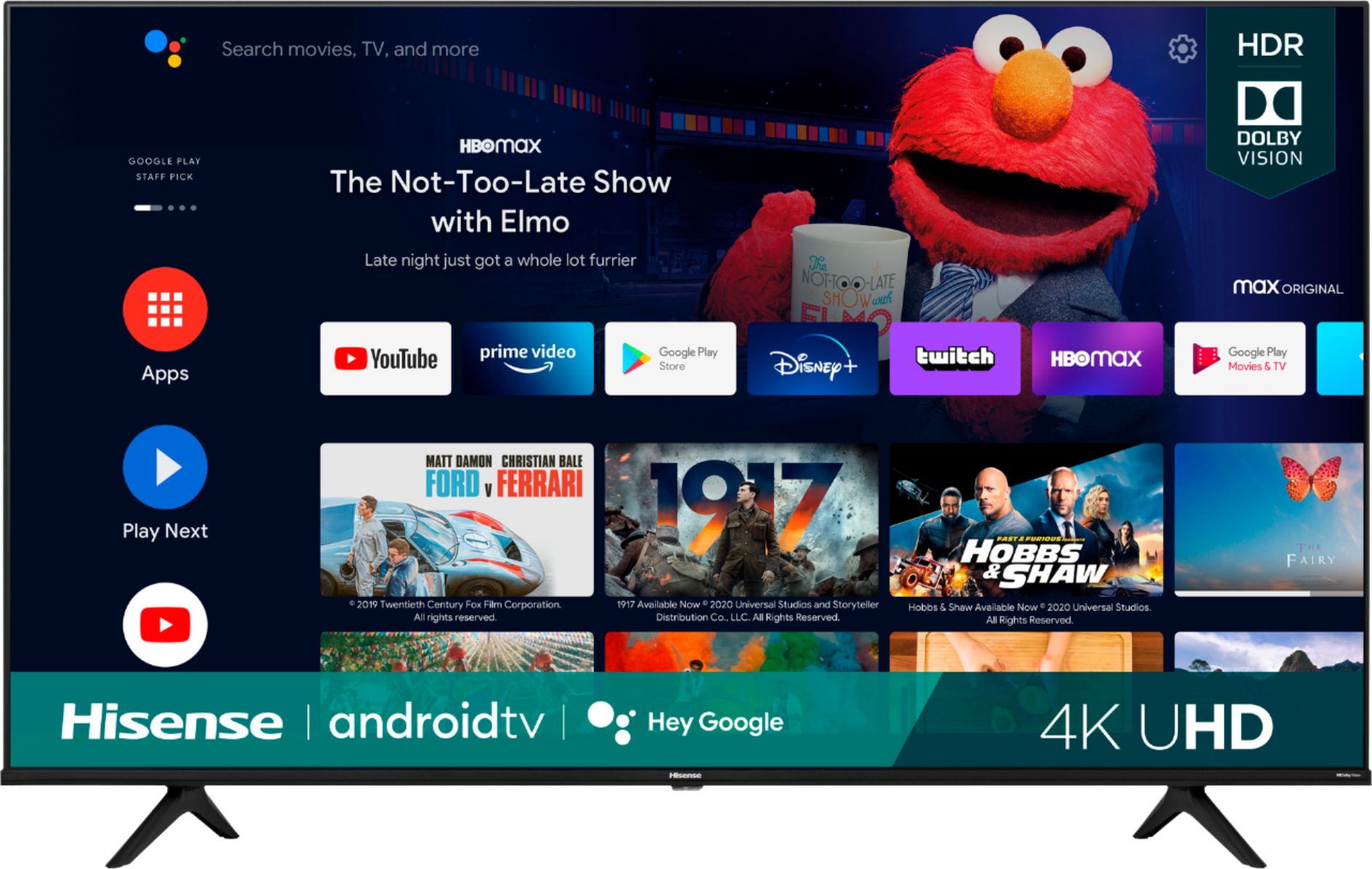
- Hisense Port Devices Driver Download For Windows 10 32 Bit
- Hisense Monitor Driver
- Hisense Driver For Pc
- Hisense Tv Drivers For Computer
In this post, we’ve managed to share you the Bundle of the Newest Qualcomm HS-USB QDLoader 9008 Driver for Windows 7,8/8.1, 10. This driver will use both 32 Bit & 64 Bit OS. We have also shared an in-depth tutorial for How to Install Qualcomm Driver or Installation them onto your Personal Computer running Windows OS.
Download Qualcomm HS-USB QDLoader USB Driver
Nowadays, The Snapdragon Chipset can be used in most devices. The prevalence of Snapdragon Processor-based apparatus is rising day by day. There are a lot of Major brands are utilizing Qualcomm Chipsets within their apparatus like Xiaomi, OnePlus, Samsung, LG, Motorola, Lenovo & So on. Hence, In some events, you need Qualcomm HS-USB QDLoader 9008 Drivers on your Windows PC.
Below in this article, You are able to Download Qualcomm Driver & Quick Guide to How to setup Qualcomm qhsusb_bulk driver on Windows 7/8/8.1/10 OS.
- Fortunately, these drivers are supplied and maintained by the WU (Windows Update) component on all recent Windows versions (Windows 7, Windows 8.1, and Windows 10). If your Windows version is not updated to the latest version, it’s very likely that you’re encountering the issue due to driver issues.
- Download and extract the USB driver on the computer. Open Device Manager (devmgmt.msc) and Click on the Computer Name Action Menu Add Legacy Hardware. Click on the Next button. Select the Install the hardware that I manually Select from a list checkbox and Click on the Next button.
- Starting in Windows 10, a Windows app can send requests to Usbser.sys by using the Windows.Devices.SerialCommunication namespace. It defines Windows Runtime classes that can use to communicate with a USB CDC device through a serial port or some abstraction of a serial port.
Download ELAN Input Device Driver 15.9.0.7 for Windows 10 64-bit (Keyboard & Mouse). That being said, click the download button, and apply the present software on your product. Also constantly check with our website to stay up to speed with latest releases. Serial/Parallel Port: Hisense 1xEVDO NMEA Device Drivers Available: Operating System. Download Driver: Windows 10/Windows Server 2016 (64 bit).
Quick Requirments:

- Download Qualcomm QDLoader from Preceding link (Download From Here)
- ADB Drivers & Mi PC Suite
- Xiaomi Device running on MIUI
- A Computer running Windows 7,8,8.1,10.
- A Conventional USB Cable.
Qualcomm QDLoader USB Driver Download For Windows
Step 1 -Install either ADB or Mi PC Suite so as to communicate your device with Personal Computer. You have to need to set up ADB Driver by which Windows will recognize this gadget.
Step 2 –Now, Enable USB Debugging in your MIUI Device. For this, Visit Settings > About Phone > MIUI Version Tap on it 7 Times until it empowers the programmer option.
Again Contact Setting > Additional Settings > Developer Option > empower USB Debugging.
Step 3 – Switch off your device and Reboot into Fastboot mode. To boot to Fastboot style, Press Power on button + Volume down button & wait till the Mi Bunny Logo appears.
Step 4 – In ADB Folder, Open Command Window thereby pressing Shift + Right-click the mouse button. From the menu select”Open Command Window here”.
Step 5 – Connect your telephone to Computer using USB Cable.
Step 6 – From the Command Window type, the next code & Press enter to boot your device into EDL Mode.
Step 7 – Now you apparatus will be from the EDL Mode now. Open device manager from control Manager by right clicking your computer icon.
From the device manager, you’ll observe that your device is detected but its drivers are not correctly installed.

It reveals your device by name”QHSUSB_BULK” in most instances.
Step 8 – Right-click on the device and choose “Update Driver Software“.
Step 9 – You will see a Windows Wizard or even Dialogue on your display. Pick”Browse my computer for driver software”.
Step 10 – Now extract Downloaded Qualcomm QDLoader USB Drivers on your computer and Choose Qualcomm > Driver folder in the extracted folder.
Step 11 – Pick”Install this Driver Software Anyway” to install this driver in your windows. Dont worry it is asking for permissions only.
Step 12 – You may see the Driver installation completed successfully.
You will realize your apparatus will be listed in Device Manager.
Conclusion:
That is it! We’ve successfully Install Qualcomm QDLoader USB Driver on your PC. Now, It Is Easy to Unbrick your apparatus from EDL Mode or Download Mode. You can use Comment Section if you faced any issue associated with this.

Download Qualcomm HS-USB QDLoader USB Driver (2019) | Xiaomi Buzz
Get information on how to Download Qualcomm QDLoader USB Driver.a step by step guide to install Qualcomm QDLoader USB driver on Windows 7/8/8.1/10.
Price Currency: INR
Operating System: Windows
Application Category: DriverApplication
Hisense Port Devices Driver Download For Windows 10 32 Bit
Before you begin
Driver updates for Windows 10, along with many devices, such as network adapters, monitors, printers, and video cards, are automatically downloaded and installed through Windows Update. You probably already have the most recent drivers, but if you'd like to manually update or reinstall a driver, here's how:

Update the device driver
In the search box on the taskbar, enter device manager, then select Device Manager.
Select a category to see names of devices, then right-click (or press and hold) the one you’d like to update.
Select Search automatically for updated driver software.
Select Update Driver.
If Windows doesn't find a new driver, you can try looking for one on the device manufacturer's website and follow their instructions.
Reinstall the device driver
Hisense Monitor Driver
In the search box on the taskbar, enter device manager, then select Device Manager.
Right-click (or press and hold) the name of the device, and select Uninstall.
Restart your PC.
Windows will attempt to reinstall the driver.
Hisense Driver For Pc
More help
Hisense Tv Drivers For Computer
If you can't see the desktop and instead see a blue, black, or blank screen, see Troubleshoot blue screen errors or Troubleshoot black or blank screen errors.